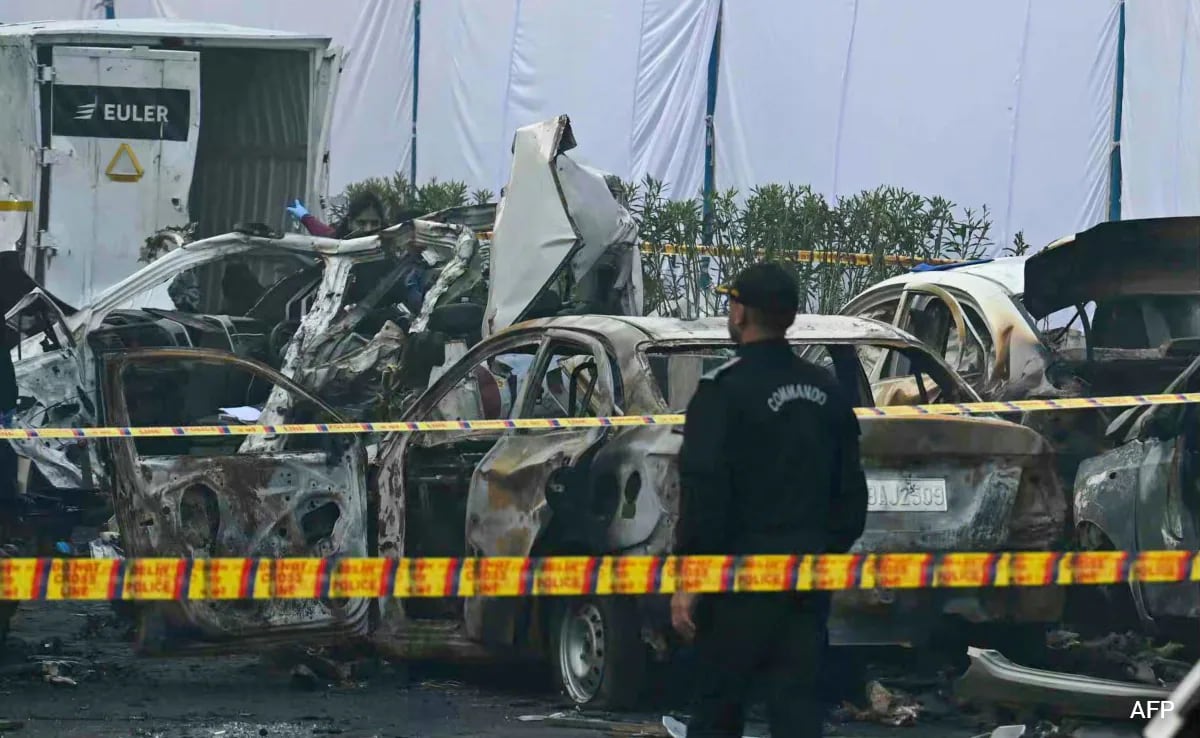Last week, I was in Lucknow, and as always, I enjoyed wandering around the monuments large and small that dot the Nawabi city. And, as always, I learnt a few new things, some with a Madras connect. It was news to me that the smooth texture of the walls at the Bara Imambara and La Martinere, owed much to Madras chunam! Our local plaster had become famous enough to be sent in large quantities in the 18th century to Lucknow, which was then in a fever of construction of palaces and prayer halls.
La Martinere stands testimony to Claude Martin, the French mercenary who, after serving his country’s East India Company for a while, found the British a better prospect and switched allegiance. He then moved to the service of the Nawabs of Oudh and lived in Lucknow, constructing his vast residence Constantia, which also became his tomb and now is the school functioning in his name. What is of interest is that Martin, while in the service of the French, participated in the siege of Madras in the 1750s. Later, while with the Nawab, he assisted the English in Madras in their third war against Mysore in 1792. Being a master gunner, he cast a special cannon for the battle, which he named The Lord Cornwallis.
The Butcher of Cawnpore
My next Madras connect concerns James George Smith Neill, the Butcher of Cawnpore as he was known. That title was given to him for the great acts of cruelty he perpetrated on Indians post the First War of Indian Independence in 1857. He was killed in the relief of Lucknow in September that year and the British, who viewed him rather differently compared to us, put up a statue for him on Mount Road. Neill’s statue was a landmark through the 19th century in our city, and it was only early in the 20th century that a satyagraha began in Madras to have it removed. Kamaraj and his mentor S. Satyamurti played a major role in it, as did forgotten patriots Angacchi Ammal, Lakshmiah, Loganatha Naidu, Swaminatha Mudaliar of Gudiyatham, and Somayajulu of Tirunelveli. The protests lasted over a decade, and it was only in 1937, when Rajaji became Chief Minister that the Neill statue was removed and consigned to the Madras museum, where it remains recumbent, in a cellar.
The spot where Neill fell in Lucknow was beside one of the gates to the Quaiserbaugh Palace, which huge enclave was completely destroyed following the British conquest of the town in 1858. The gate survived and is even now known as Neill’s Gate. It serves as a urinal, perhaps a fitting tribute to Neill.
In memory of a musicologist
Lastly, a remnant of Quaiserbaugh is the structure now known as the Bhatkhande Sanskriti Viswavidyalaya, commemorating V.N. Bhatkhande, the musicologist, who early in the 20th century travelled to Madras to understand Carnatic Music theory and codify the Hindustani equivalent in a similar fashion. His diary, published as Meri Dakshin Bharat Ki Sangit Yatra, makes for a fascinating read as it deals with music in Madras and the hinterland early in the 20th century.
Bhatkhande’s research led to deep interest in the theory of Hindustani music and helped him to establish in 1926 at Lucknow the Marris College for music, named after the then Governor of the United Provinces. This was renamed the Bhatkhande Sanskriti Viswavidyalaya in 1966. In 1927, Marris College was the inspiration for conducting a music conference in Madras, in parallel to the All India Congress session. That led to the founding of the Music Academy here, and the December Music Season.
(Sriram V. is a writer and historian.)

 1 hour ago
5
1 hour ago
5









 English (US) ·
English (US) ·